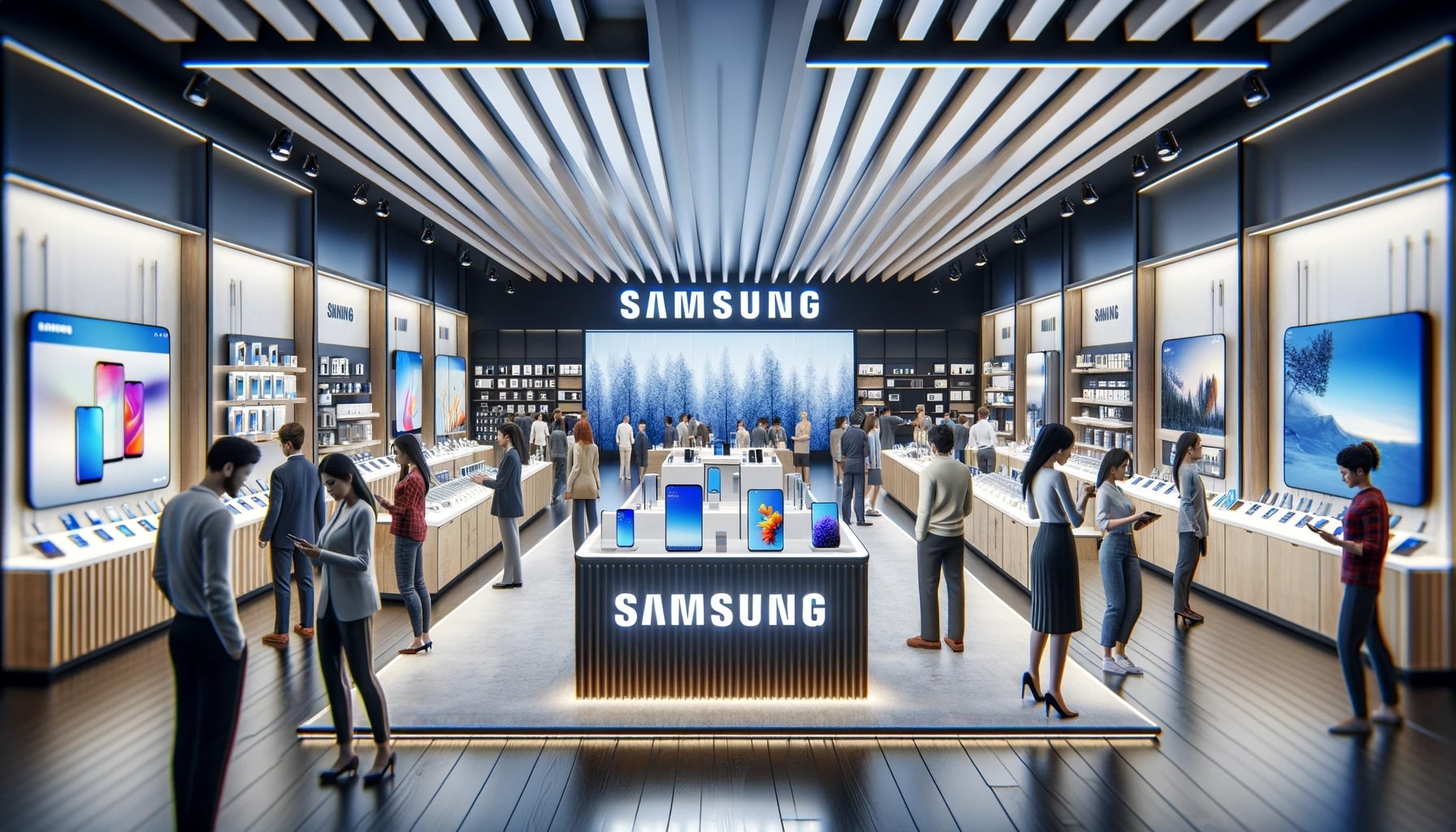In 2023, Samsung continued to lead the foldable smartphone segment, with a significant market share despite a slight decline. Research indicates that the global foldable phone sector experienced a 25% surge in shipments, reaching 15.9 million units, which represented 1.4% of the entire smartphone market. However, the growth rate is anticipated to decelerate in 2024, with an 11% increase projected, potentially due to high costs and concerns over the durability of these innovative devices.
Challenges in the Foldable Phone Industry
Analysts believe that the looming slowdown in the foldable phone market can be attributed mainly to two factors. Firstly, apprehensions about the durability of foldable phones compared to traditional slab-type smartphones are deterring potential customers. Those who have encountered issues with their foldable phones might opt for a return to conventional models. Consequently, the retention rate within the foldable phone market is low. Secondly, the premium pricing of these devices continues to impede wider adoption. Nevertheless, advancements in the mass production of critical components could lead to reduced costs over time.
Market Share Dynamics and Future Possibilities
Samsung’s dominance in the market is evident, but rumors of a more wallet-friendly foldable phone set to launch in 2024 could further strengthen its position. In the previous year, Samsung’s market share dipped to 66.4% from an earlier 80%, whereas Huawei’s share rose, particularly due to its dominance in the Chinese market. Looking ahead, estimates suggest Samsung’s share might slightly decrease to 60.4%, while Huawei could see a jump to 19.8%. Despite this, Samsung aims to maintain a global market share of around 60%.
Speculation about Oppo and Vivo exiting the foldable phone market has been refuted, even as predictions indicate these brands may cease their vertically folding flip-style phone production and concentrate on book-type devices. Meanwhile, Xiaomi secured the third-largest market share in the foldable phone segment with 5.3%, and the rest, including Vivo and Oppo, claimed 16.4% of the global market.
In summary, the foldable phone market is experiencing a growth deceleration, influenced by consumer concerns over device durability and high prices. Samsung remains the market leader, but faces competition from other brands such as Huawei and Xiaomi. As the industry progresses, price reductions and improved durability may be key factors in fostering market expansion.










